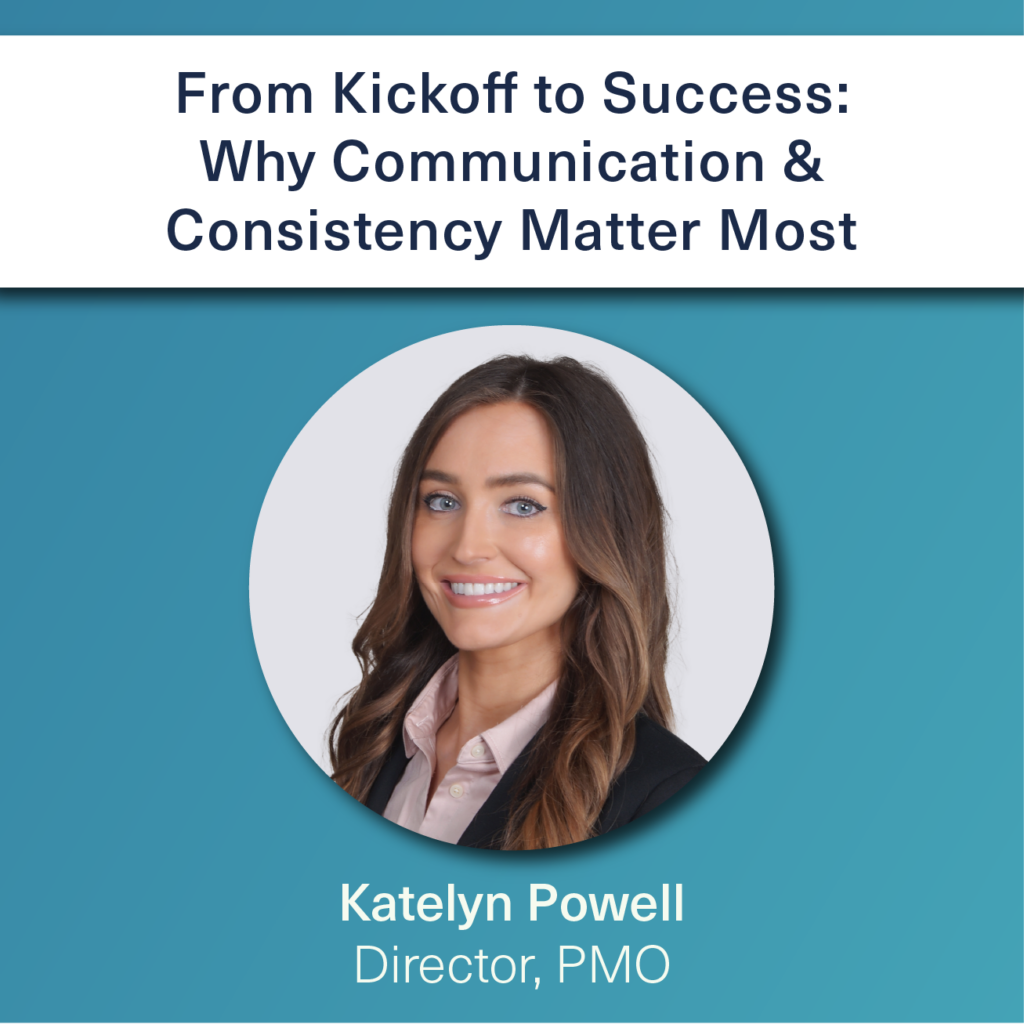Defending new payment technology is leaving traditional transactions undefended. As financial institutions rush to secure emerging transaction types, they risk increased exposure to traditional fraud. While fraudsters continuously develop new ways to exploit the system, they aren’t relying on new financial technology to do so. Traditional transactions are still at risk. For example, ACH (Automated Clearing House) fraud is on the rise. In the 2022 AFP® Payments Fraud and Control Report, checks and ACH debits were the payment methods most impacted by fraud activity (66 percent and 37 percent, respectively) in 2021.
An Integrated Research article suggests, “Tens of millions of American individuals and businesses use the ACH network to send money, transfer money and receive money -and whether you know it as Direct Payments, Direct Deposit, or electronic payments, ACH handles everything from mortgages and recurring payments to credit card payments and more.” Frequently resulting in low volume, high dollar transactions, creating a critical concern for those account holders victimized by fraudsters.
According to a 2023 PaymentsJournal report, The ACH Network processed 30 billion payments in 2022, encompassing $76.7 trillion. Nacha, which oversees the ACH rail, increased the same-day transaction limit to $1 million from $100,000 in March 2022, following a hike in March 2020 from the original $25,000. This semi-recent transaction limit increase allows account holders to move large amounts of money, alternatively permitting fraudsters to capitalize on even higher-dollar transactions.
Issuers experiencing an influx in ACH fraud must recognize the liability for ACH payment fraud. If ACH fraud is authorized and processed by the issuer, the issuer is responsible for handling the fraud and dispute investigation process. As ACH transactions fall under electric fund transfers (EFT) categorization within Regulation E, account holders have 60 days to initiate a claim. Subsequently, financial institutions have ten days to investigate and resolve these claims.
Often, issuers fall out of compliance by assuming that providing provisional credit qualifies as having taken the first action in investigating a Reg E claim, which is required to extend the resolution period from 10 to 45 days. This widely held misinterpretation of Regulation E is incorrect, having systematically caused regulatory fines and penalties for issuers.
Quavo’s CTO and Co-Founder, David Chmielewski, weighed in on ACH fraud, “The risk with new transaction types and with prepaid is that when the money’s gone, it’s gone. That’s not always true with ACH. The money is still there for a few days, and it’s easier to recover it. There’s an opportunity to get that money back by automating the process, which is certainly where our automated dispute solutions come into play.”
Learn more about how your FI can seamlessly integrate automated fraud and dispute management solutions to tackle ACH fraud while ensuring regulatory and network compliance by contacting our Experts. Start automating for tomorrow, today.





